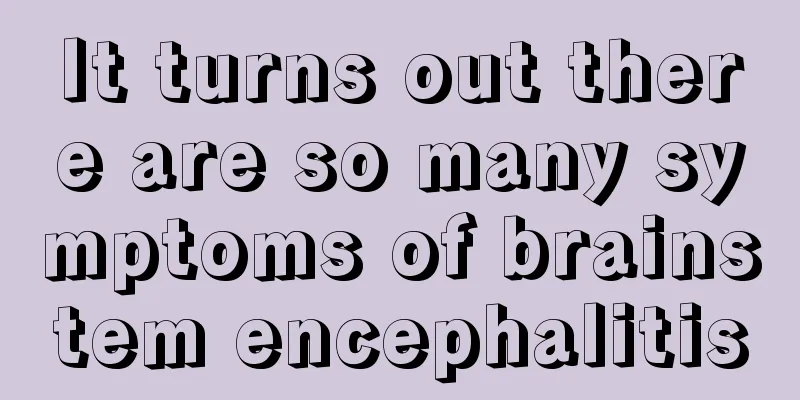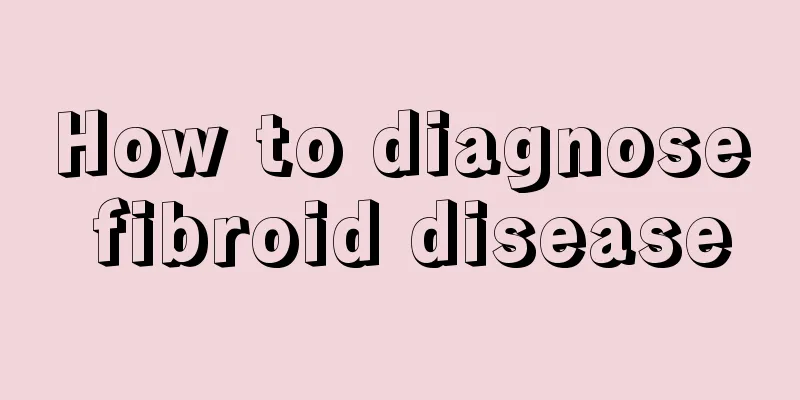It turns out there are so many symptoms of brainstem encephalitis

|
Brainstem encephalitis is one of the diseases with a relatively high incidence rate nowadays and has attracted much attention due to its high mortality rate. So what are the symptoms people experience after suffering from brainstem encephalitis? In fact, the symptoms of brainstem encephalitis are closely related to the severity of the disease. Let us take a closer look at the symptoms of brainstem encephalitis! The severity of brainstem encephalitis varies greatly. Symptoms of mild encephalitis are the same as any viral infection: headache, fever, weakness, and loss of appetite. The more serious symptoms of brainstem encephalitis are that the brain function is significantly affected, causing irritability, restlessness and drowsiness. The most serious symptoms are arm or leg muscle weakness, double vision (diplopia) and hearing difficulty. In some cases, the drowsiness will turn into coma. Mild brainstem encephalitis is common and may not even be noticed. But in about one in a thousand cases of measles, a mild brainstem encephalitis develops. The extent of the harm depends on the patient's age and the type of infection that causes brainstem encephalitis. Brainstem encephalitis can be fatal in infants and the elderly, but people of other ages may recover completely from it, sometimes after a long and severe illness. Although brainstem encephalitis may cause permanent damage to the brain, the percentage of serious consequences is low. 1. Systemic toxic blood symptoms: fever, headache, body pain, nausea, vomiting, fatigue. A few patients have hemorrhagic rash and myocarditis symptoms. The heat course is about 7 to 10 days. 2. Neurological symptoms: impaired consciousness, meningeal irritation signs. After the second day of the illness, flaccid paralysis of the cervical and scapular muscles may occur, causing the head to droop and the arms to be unable to raise, leaving the patient swaying and helpless. Involvement of cranial nerves and lower limbs is rare. Paralysis can be recovered in about 2 to 3 weeks, and about half of the muscles will atrophy. Mild cases may have no obvious neurological symptoms. |
<<: Why does eating chili peppers cause acne? Prevention is important
>>: How to improve memory instantly and effectively
Recommend
Mulberry leaves prevent hair loss
The anti-hair loss effect of mulberry leaves has ...
Treatment methods for advanced liver cancer
The incidence of liver cancer is very high in tod...
What's wrong with left intertrochanteric fracture
It is easy to slip in rainy and snowy weather, an...
What to do if you have lumbar tuberculosis? This is the correct treatment
Lumbar tuberculosis is a type of lumbar disease. ...
What is the cause of bone cancer
In recent years, bone cancer has become one of th...
How to prevent anal fistula, prevention and care should be taken seriously
Once anal fistula cannot heal on its own, it requ...
What is the cure rate of stage III colorectal cancer
Can colorectal cancer be cured? Which treatment m...
6 tumor markers for diagnosing ovarian cancer
The detection of serum tumor marker levels is hel...
Is pearl powder effective in removing freckles?
Everyone knows the whitening and skin care effect...
The reason why thyroid cancer causes foreign body sensation when swallowing
Thyroid cancer may cause a foreign body sensation...
How can uterine cancer be diagnosed
During the interviews and surveys of many endomet...
Can eating more vegetables prevent liver cancer? Only by mastering these common sense can you prevent liver cancer
In today's society, there are more and more l...
What shouldn’t be eaten with seaweed?
Nori is also called seaweed. Nori is a common veg...
The dangers of exercising after drinking
Although exercise is a very popular activity and ...
What is the reason for a sunken forehead
Our foreheads are generally very flat. Even if th...









